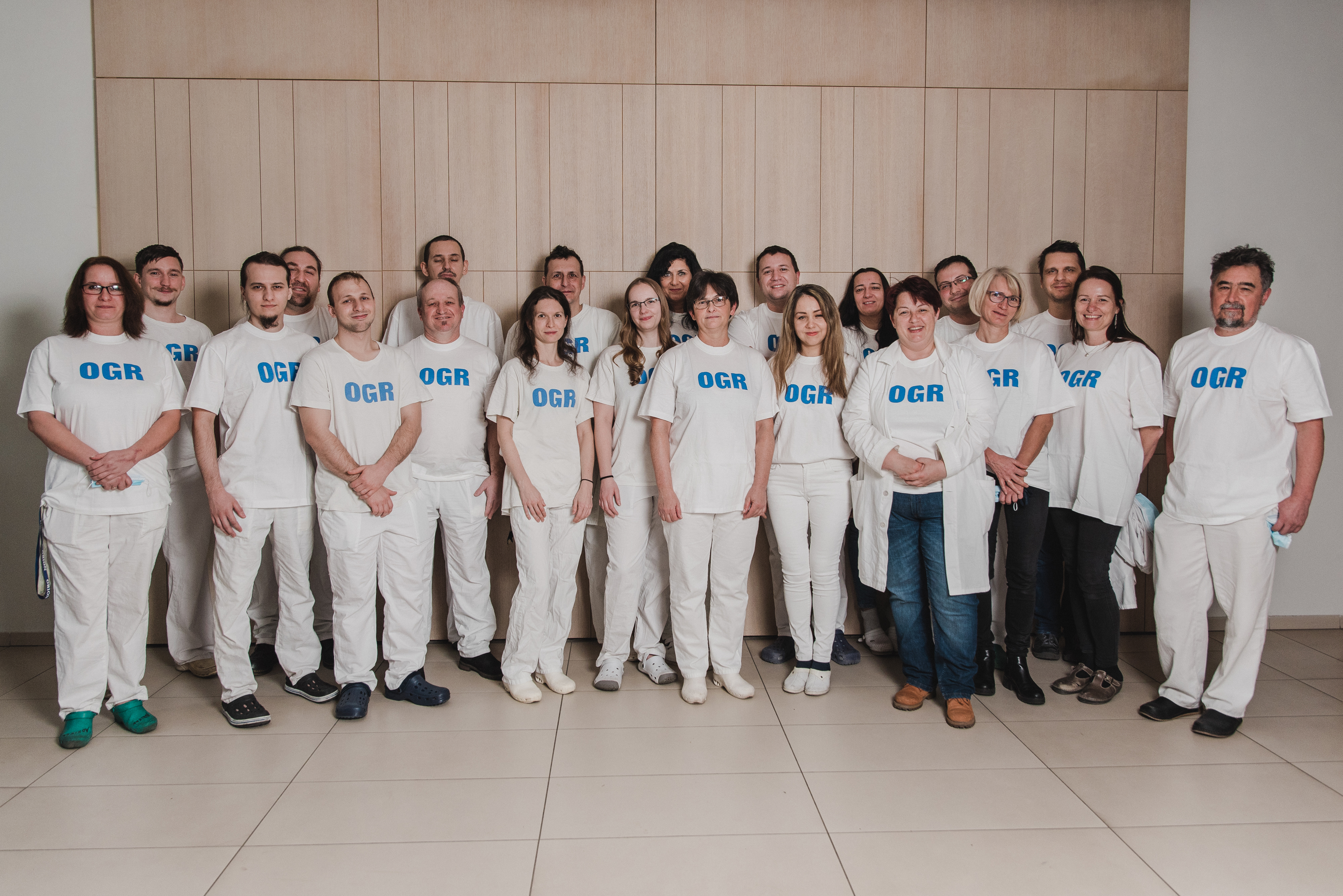Integrases and site-specific transgenesis
The traditional transgenesis faces two main challenges: low integration efficiency and position effects arising from random integration, i.e., the influence of the integration environment on transgene expression.
These issues can be addressed by employing integrases. Our group utilizes the serine-type integrase derived from a bacteriophage, BxB1, which is characterized by its ability to induce uni-directional recombination between unique recognition sequences (attB and attP sites). Through recombination, a circular molecule carrying the attP site can integrate into the genome at the attB docking site. AttL and attR sites are formed during recombination, and the enzyme no longer recognizes them, rendering the process unidirectional (in contrast to tyrosine integrases, such as the Cre recombinase, typically operating in a reversible manner).
The construction of docking sites involves targeted genome modification using CRISPR/CAS technology, aligning attB sites in regions reported in the literature to be transcriptionally active but causing no issues with any endogenous gene. The loci we use include gtRosa, Tigre, and Polr2a.
Variants of the BxB1 integrase recognition sites exist, such as attB-P(GA) and attB-P(GT), enabling exclusive recombination within the type. By applying the appropriate recognition sequences, it is possible to ensure that the entire transgenic construct does not integrate, but allowing cassette exchange; for instance, vector elements of the construct do not integrate. For such a system, it is necessary for the docking region to carry both types of attB sequences.
Another strategy to remove the vector portion of the transgenic construct involves 'self-cleaving' vectors expressing the Dre recombinase, which simultaneously delimit the vector region with the recognition sites of this enzyme (rox sites). The Dre-coding region is interrupted by an intron, ensuring it cannot be expressed in a bacterial cell.
Integrase-mediated transgenesis can also be combined with artificial bacterial chromosomes. For this, a secondary BAC modification is required, incorporating the attP recognition site of the BxB1 integrase into the BAC vector.

A typical BxB1 integrase-based transgenic construct, in this case for the expression of kcnrg cDNA is designed to be in an inverted orientation under basal conditions, and in the presence of Cre recombinase undergoes restoration of expression. The vector belongs to the so-called 'self-cleaving' type.






